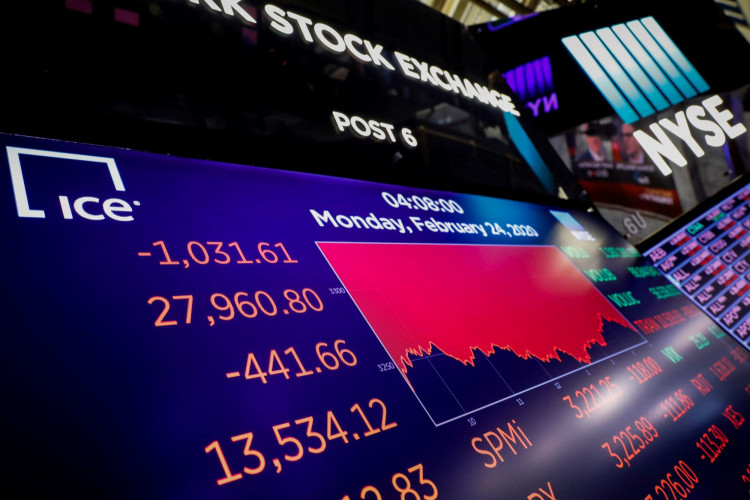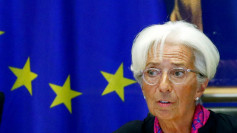The U.S. Federal Reserve on Sunday slashed interest rates to near 0% in a move seen by investors as a sign of panic by the U.S. central bank the COVID-19 pandemic sweeping the country is raging out of control.
Instead of calming already anxious investors, the surprise emergency rate cut by the Federal Open Market Committee (FOMC), the Fed's monetary policymaking panel, accelerated the panic already gripping investors who fled markets en masse last week.
On Sunday, FOMC cut its baseline interest rate range to 0% to 0.25%. It also drastically increased purchases of Treasury bonds and mortgage-backed securities. It also took several other steps to allow banks, businesses, and households to withstand a sharp economic downturn. Talk of an economic recession is growing louder despite the cut, however.
"The actions we have announced today will help American families and businesses in our entire economy weather this difficult period and will foster a more vigorous return to normal once the disruptions from the current coronavirus abate" said Fed Chairman Jerome Powell.
Analysts said the sudden rate cut and push to flood the Treasury bond market with liquidity comes as the COVID-19 pandemic forces businesses across the U.S. and world to shut down, increasing the chance of a global recession.
Wall Street showed no sign of elation at the rate cut. Instead, it's bracing for a massive selloff Monday due to a rout in futures Sunday that wiped-out most of the gains made in the historic rally last Friday where all three major indices jumped more than 9%.
On Friday, the Dow closed 1,985 points higher, or 9.4%, at 23,185.62. The benchmark S&P 500 jumped 9.2% to 2,711.02 while the NASDAQ Composite surged 9.3% to 7,874.23. The three indices posted their biggest one-day gain since October 2008.
All of this evaporated Sunday due to a historic plunge in futures. Overnight futures for the S&P 500 and the Dow plunged in brutal trading that leaves little doubt Wall Street faces more than 1,000 point crash on Monday.
Contracts on the S&P 500 nosedived 5%, rapidly reaching the "limit down" set by the CME futures exchange to prevent huge losses. The limit means no prices can trade below this threshold, but only at higher prices than the down 5% limit. Dow futures fared little better, plunging more than 1,000 points.
This rapid plunge also triggered the limit down level. The halt occurred during non-U.S. trading hours, or before the 9:30 a.m. ET open of regular trading Monday. Analysts said the limit down rule has been activated multiple times over the past few weeks as investors fled equities over fears the Trump administration is losing the fight against COVID-19.
Analysts warn if the anticipated massive selloff accelerates Monday during regular trading hours, circuit breakers will kick in once again to temporarily suspend trading.
The New York Stock Exchange explained a market trading halt will occur at "three circuit breaker thresholds" on the S&P 500. These halts are meant to prevent large declines and high volatility.






